In today's evolving threat landscape, cybersecurity audits are no longer just compliance checkboxes-they’ve become essential tools for strategic risk management and organizational resilience. Why Cybersecurity Audits Matter Beyond Compliance Cybersecurity audits offer more than a snapshot of compliance status-they help: Recent trends show cybersecurity audit frameworks evolving. The Institute of Internal Auditors is integrating stronger […]


